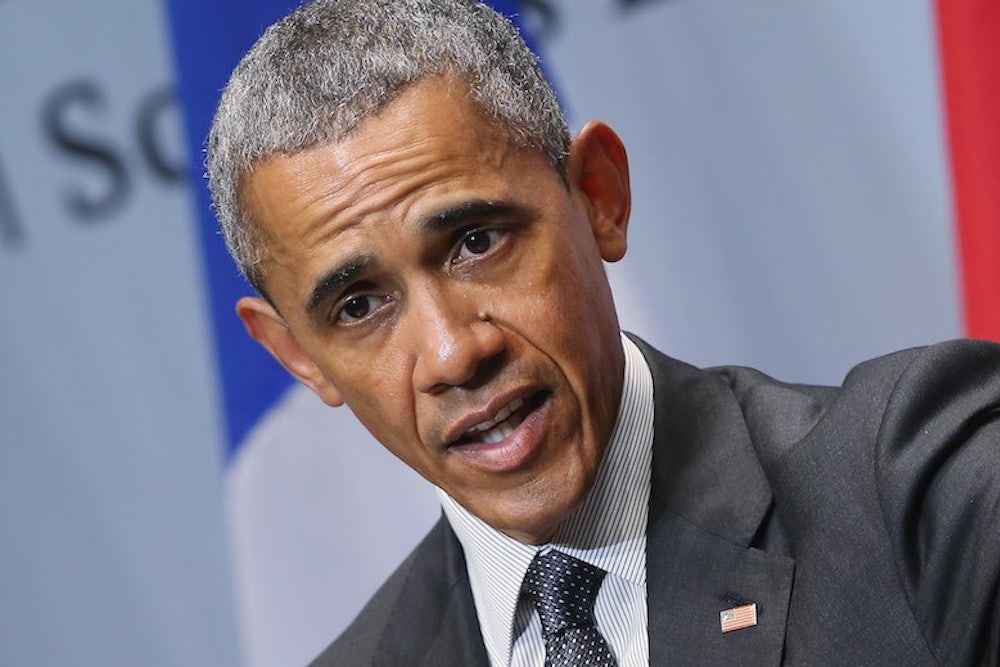As soon as Monday, the Obama administration is expected to unveil its biggest action yet to regulate carbon pollution: The anticipated Clean Power Plan sets the nation’s first limits on carbon from its single largest source by asking states to cut power plant emission 30 percent over 2005 levels by 2030. The central question is whether the final version the administration adopts is weaker or stronger than the draft proposed in 2014.
We have a hint at least of what the White House's messaging will be next week, previewed at an event co-hosted by the New Republic and the Center for American Progress on Wednesday. White House Chief of Staff Denis McDonough said that the rule would be “stronger in many ways than the proposal rule.” Later, he repeated, “We will finalize a stronger rule.”
However, early leaks, reported by the New York Times and E&E, suggest that the plan might not be uniformly stronger. The final version may offer a more lenient timeline for states to draft their plans for cutting carbon pollution, ramping up clean energy, and improving energy efficiency—time that the best science suggests we can’t afford to waste if we’re to avert the worst of global warming.
The final regulation may push back the deadline for states to submit their plans by 2 years. Rather than ask states to have their final plans ready by 2016, with an option for a one-year extension, the administration would extend its deadline to 2018. While this may ease some states' concerns that the EPA plan is too costly or unattainable, it delays the first date when states must begin showing a decline in emissions to 2022, instead of 2020. Two years may seem inconsequential, but it could damage faith in the U.S.'s ability to deliver on its United Nations promise to cut greenhouse gasses up to 28 percent by 2025. That commitment is crucial to securing an international deal at a Paris climate conference set for the end of 2015, which hinges on the largest polluters taking climate action seriously. For now, it's unclear how a longer timeline for the Clean Power Plan might affect the international negotiations.
It's too early to determine whether the final version is weaker than the initial version, or whether the plan will affect international negotiations, because there are other elements that are just as important as the timing. One important detail is whether the EPA will do anything to encourage the growth of renewable energy as opposed to natural gas, which is a source for potent methane emissions.
“In response to the Clean Power Plan proposal, some stakeholders expressed concern that with a 2020 start date many would just switch generation from coal to gas rather than take the time and make the investments in renewable energy,” Center for American Progress Vice President for Energy Policy Greg Dotson told me after McDonough’s remarks. “If EPA provides additional time in the final rule, a key thing to watch is whether it is done in such a way as to result in pollution reductions from more renewables as opposed to simply fuel switching.”
In other words: The two-year delay isn't the end of the story, as long as Obama delivers on McDonough's promise that the final version is indeed stronger.
